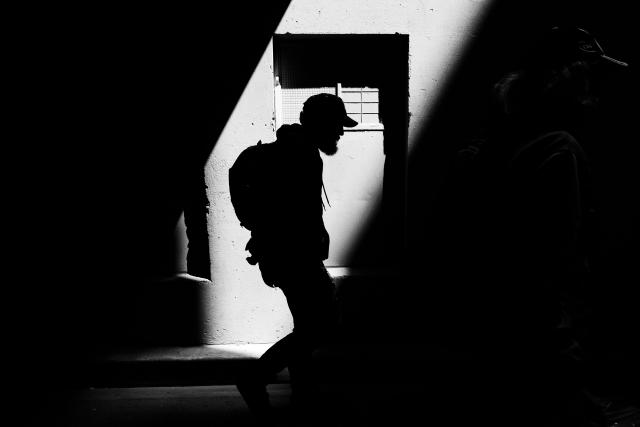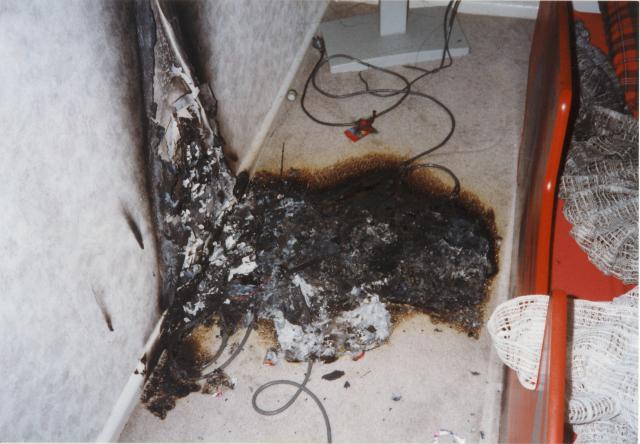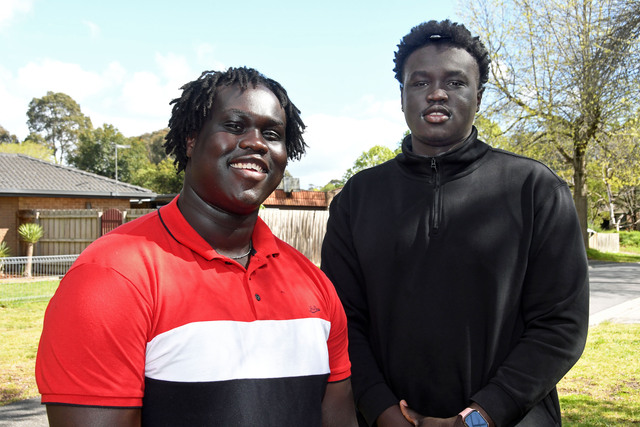The Housing Industry Association has released a new report showing housing affordability across Australia is continuing to decline as interest rates continue to rise, with 1.6 average incomes now required to service a typical new mortgage.
HIA policy and industry deputy managing director Jocelyn Martin said the affordability index fell by 1.1 per cent in the 2023 March quarter compared to the preceding quarter, making housing in Australia 25 per cent less affordable than it was before the Covid pandemic.
“Housing affordability poses a major challenge across the country, and the issue is paramount on the policy agenda of all levels of government,” she said.
“Rising interest rates are only a part of the story.
“Housing affordability simply gets worse when housing supply falls short of demand.”
The most recent Census data revealed 23 per cent of Australians experiencing homelessness were aged between 12 and 24.
Casey North Community Information and Support Service chief executive Helen Small said support agencies were being “slammed” after recent rate rises and rental stress.
“We are seeing a 30 to 40 per cent increase in clients seeking supports and this is the story across the board,” she said.
“We are seeing staff and volunteers stressed and unhappy when the standard supports we give are not able to make a permanent difference and we are facing an increase in customer aggression and abuse.
“It would be very helpful if funding for emergency relief was increased commensurate to the increase in demand.”
Ms Small said the current average rent in the Casey area was about $500 per week.
“As those renting out properties are not able to change the rent once a lease is signed – and most leases run for at least 12 months – mortgage holders have tended to raise the rent quite large amounts to both cover actual and predictive mortgage increases,” she said.
“Eviction means a poor rental history will mean they will not be offered another rental and right now, with competition for rentals hot, they are unlikely to be offered a rental anyway,” she said.
“There is also anecdotal evidence that renters are being offered the chance to ‘bid’ on their rental or to offer to pay additional rent, in order to be the preferred applicant for the property.
“We are seeing people right now who have no option but to default on their rent and suffer the consequences, yet in many instances, these same people would make excellent tenants if only they were able to access housing at an affordable rate.”
The Australian Institute of Health and Welfare’s Specialist Homelessness Services report revealed 22.5 per cent of people who received homelessness services in 2018/19 also did so within two years before and after accessing support.
The data showed that 18,074 Victorians experienced homelessness over the long term.
In comparison, only 3313 people were allocated social housing in 2018/19.
Melbourne-based volunteer Sue Delwaney, has dedicated the last seven years of her life to helping people experiencing homelessness, including servicing the Doveton area via charity Orange Sky, which offers a free mobile laundry service, portable hot showers and a non-judgemental space for open conversations and human connection.
Every week, Orange Sky provides more than 1600 loads of laundry, 1600 hours of human conversation and 130 hot showers across the country – an increase of 21 per cent over the last 12 months.
Ms Delwaney said she has seen the number of people continue to increase.
“Some people are still living in their cars,” she said.
“Our services are increasing especially during winter times.”
Council to Homeless Persons chief executive Deborah Di Natale said it was clear a greater investment in social housing was needed to address the situation.
“Having a large cohort of people experiencing homelessness long-term sends a clear message that there is simply not enough social housing in Victoria,” she said.
“The scale of the housing and homelessness crisis is enormous but not insurmountable.
“Building 6000 social housing properties each year for a decade will put us within touching distance of ending homelessness.”
Ms Di Natale said while the State Government’s Big Housing Build project was a good start, there needed to be more action across the entire social housing sector.
“It’s time for a major commitment for when that funding runs out given the spiralling crisis which is unfolding,” she said.
“It’s so crucial that we never lose sight of how important it is to have programs that support the people in our community with the greatest vulnerability.”
Ms Di Natale said the state and federal governments needed to take “decisive action”.
“Targeted measures including wraparound support are key to addressing homelessness,” she said.
“The housing crisis will simply not go away.”







